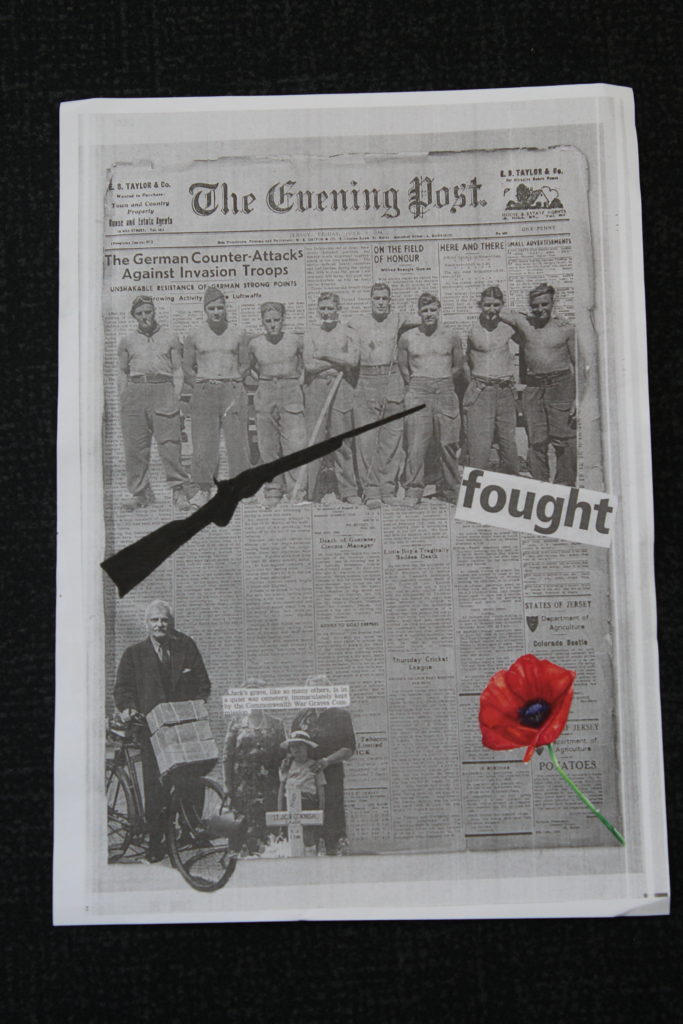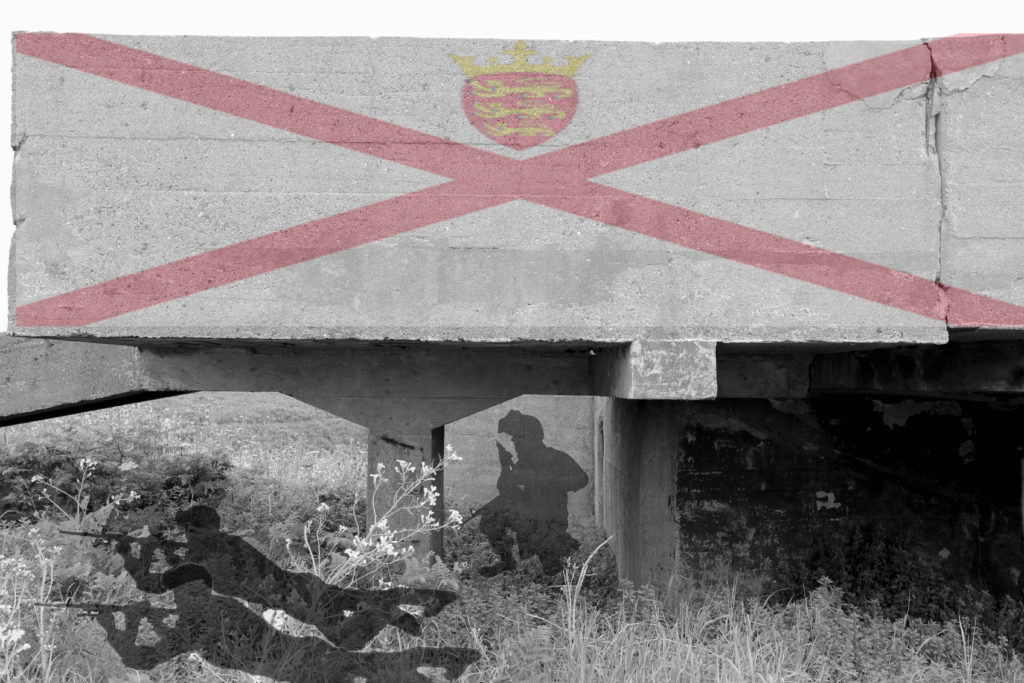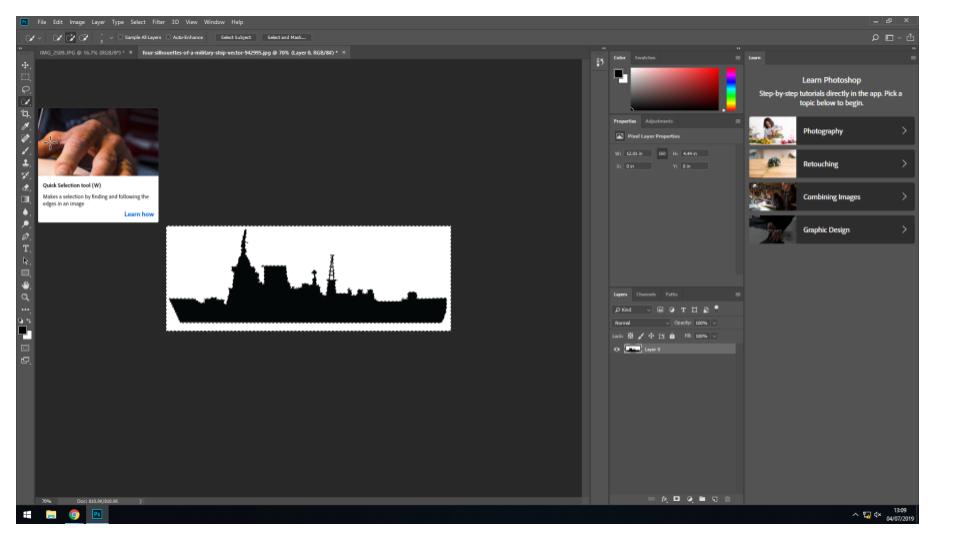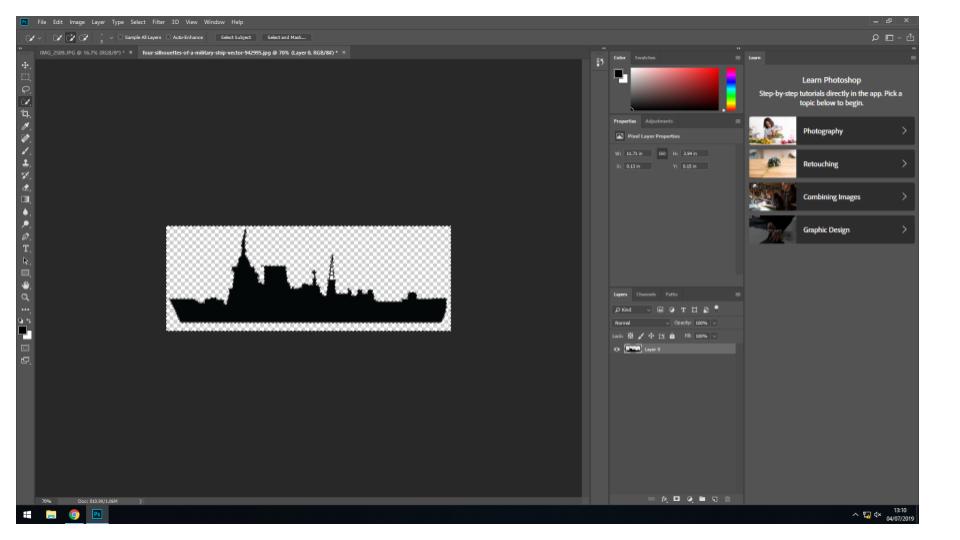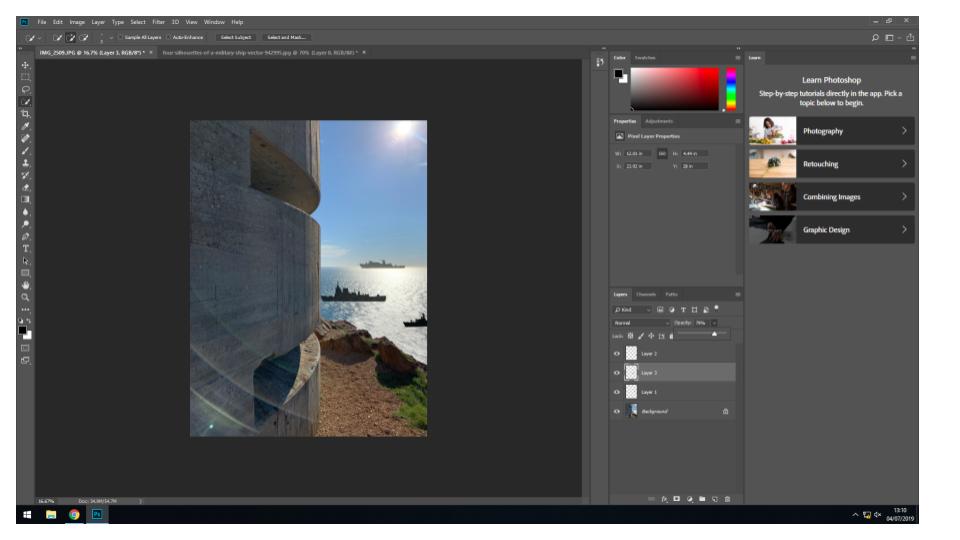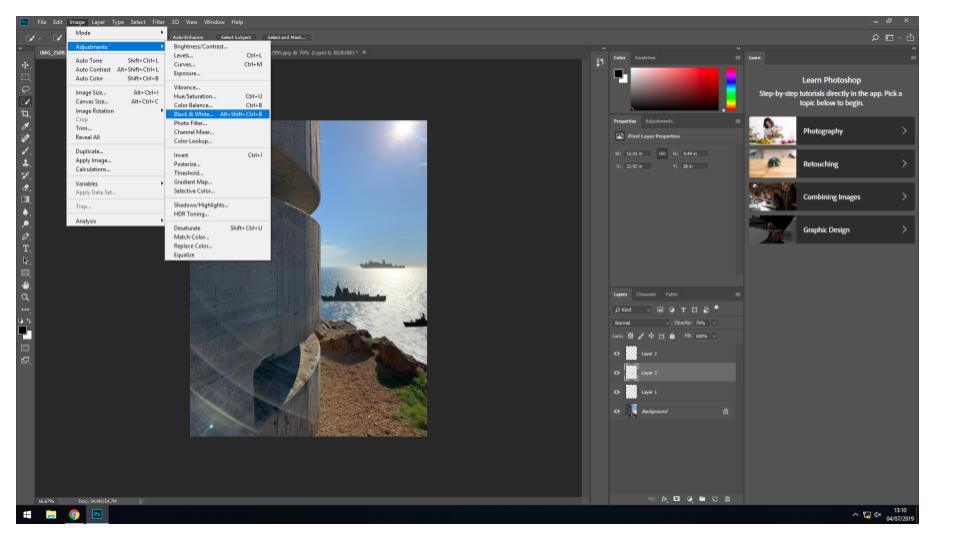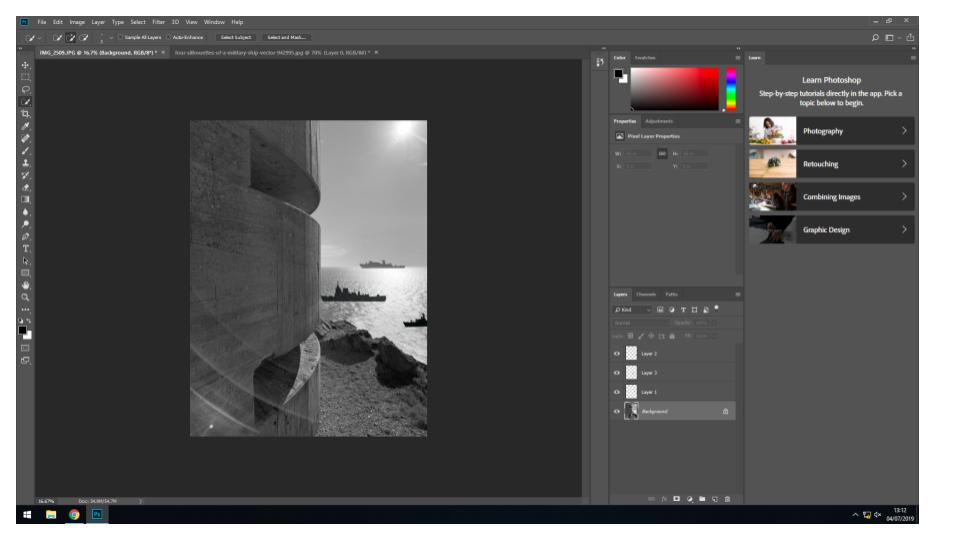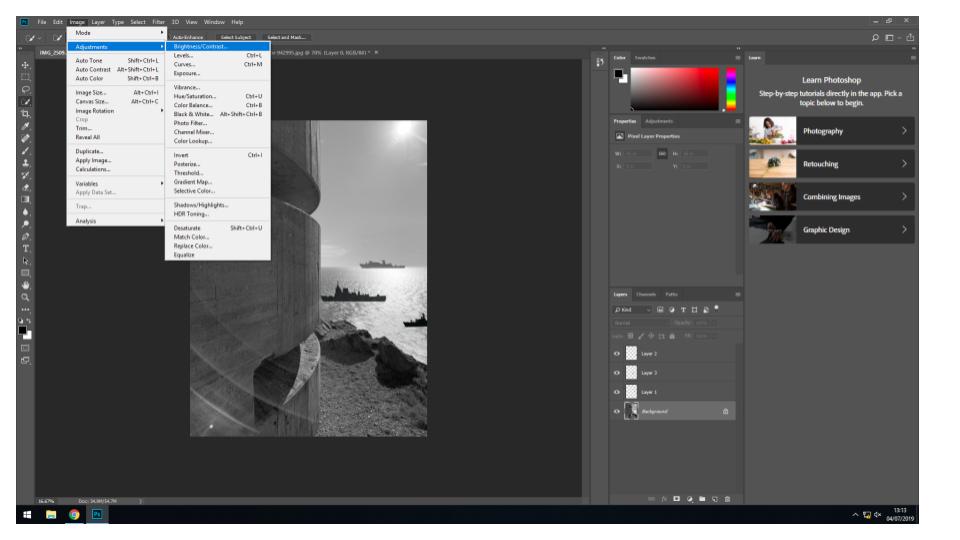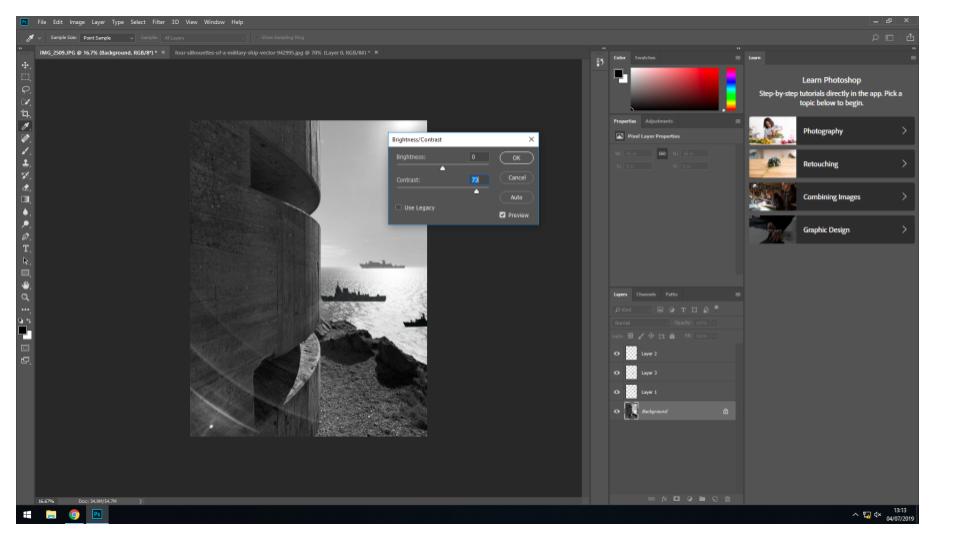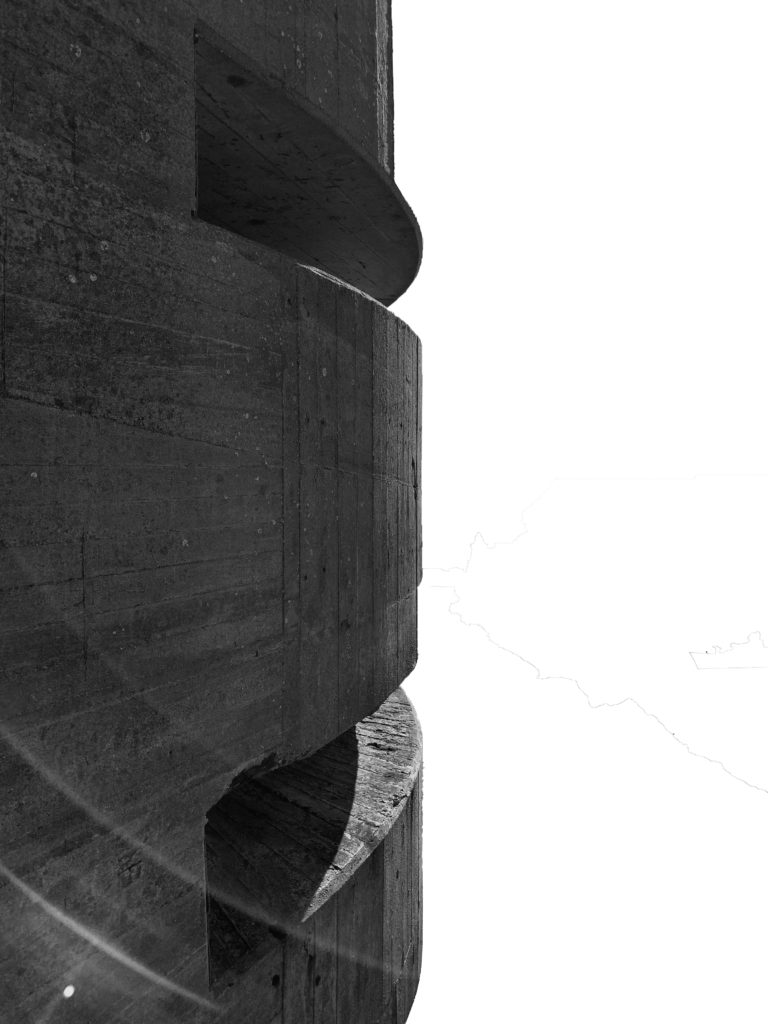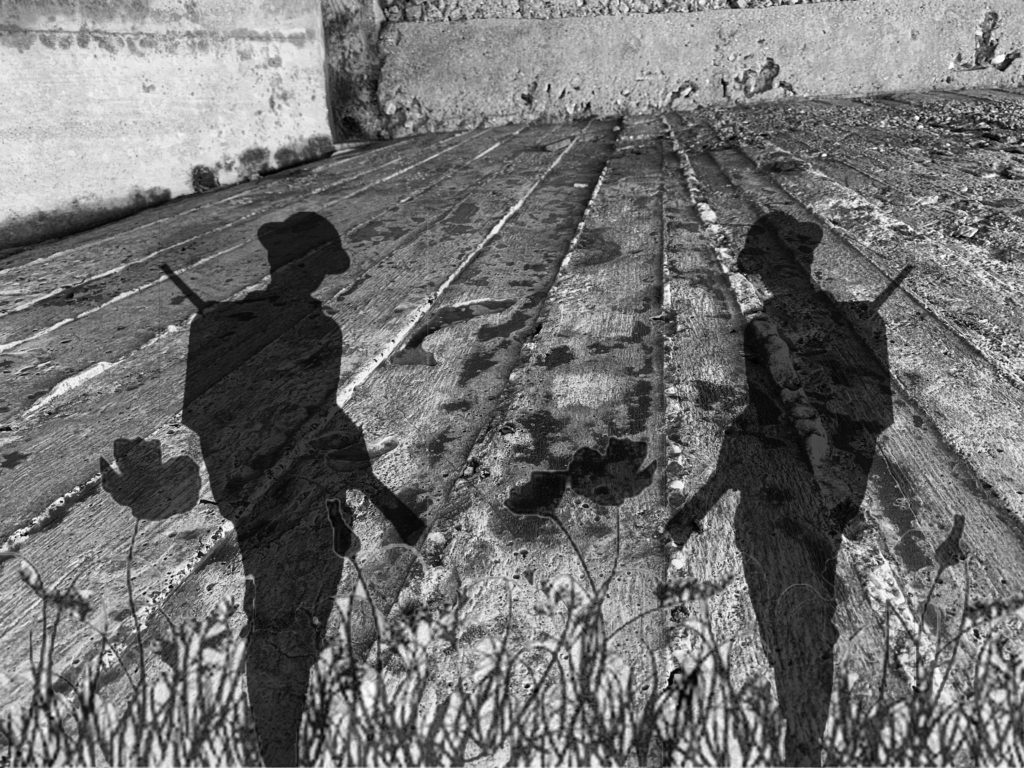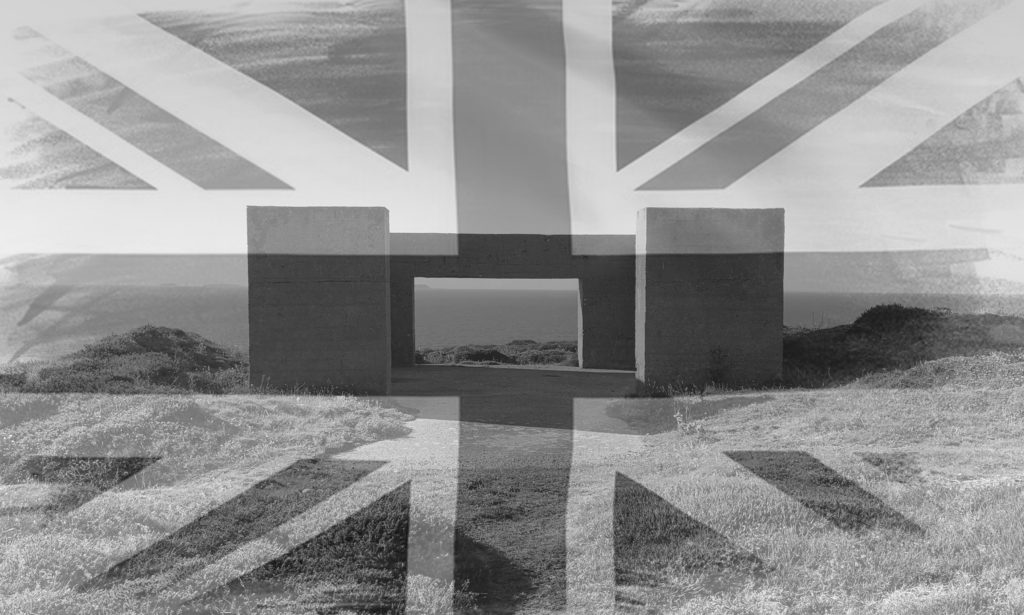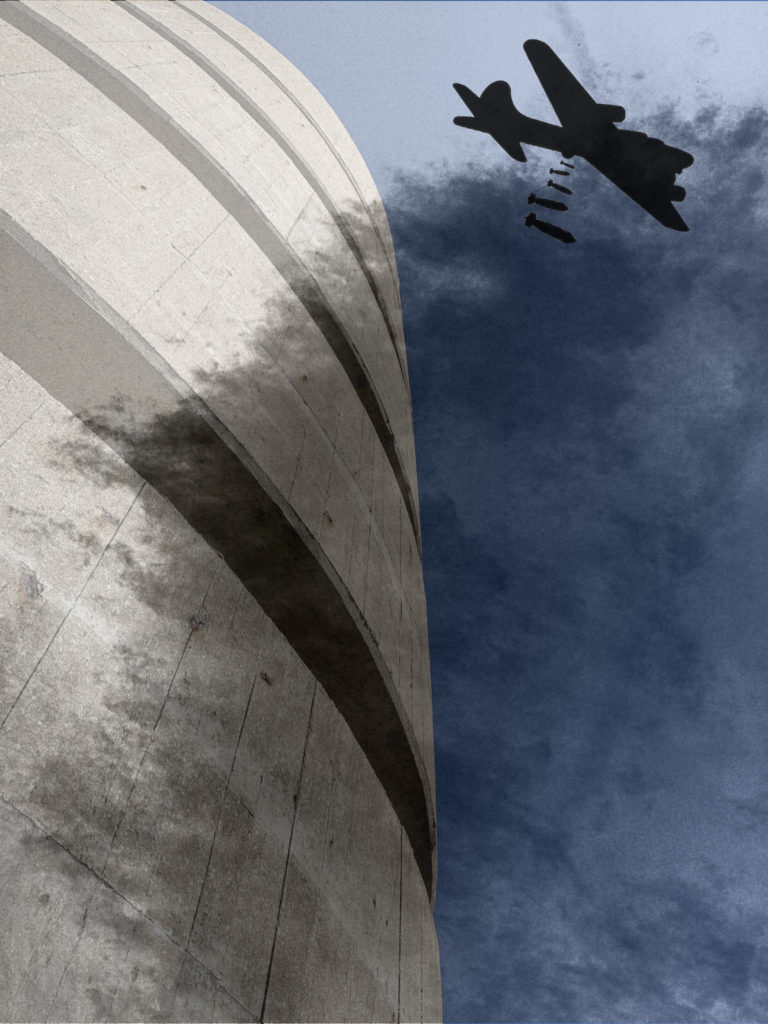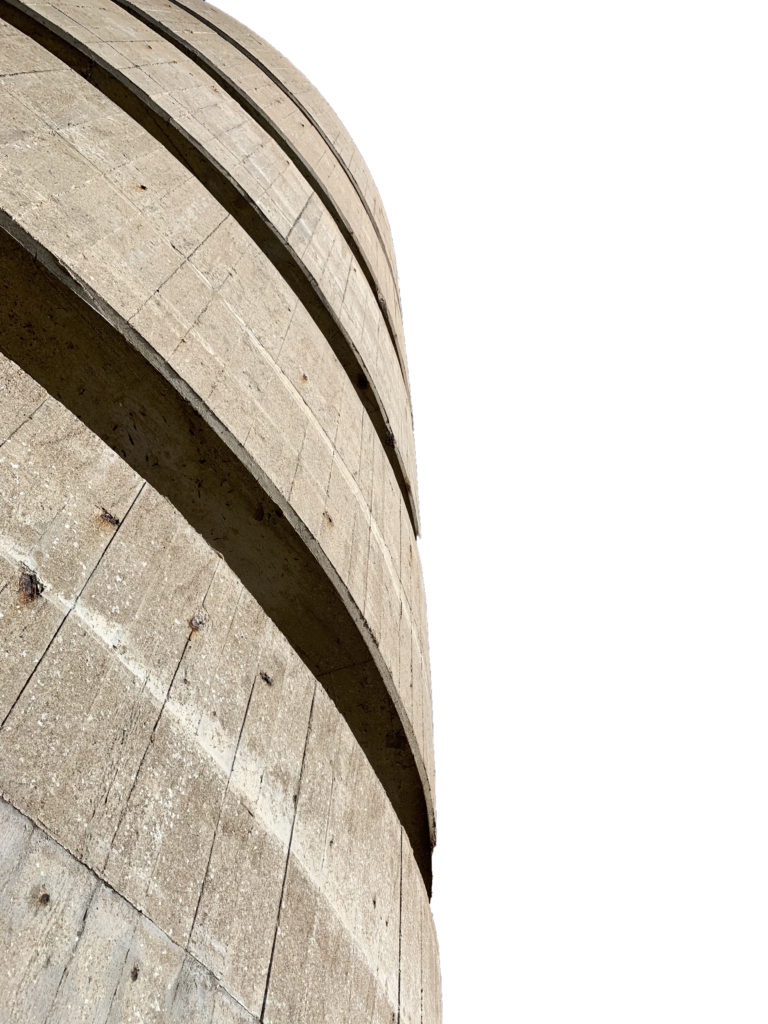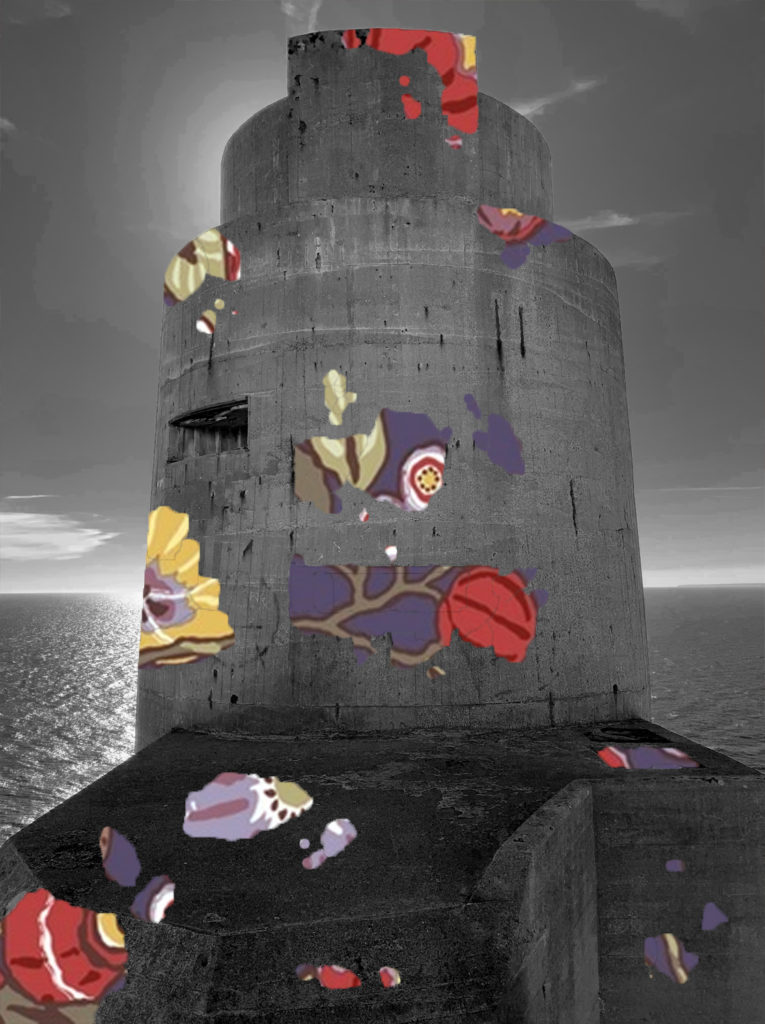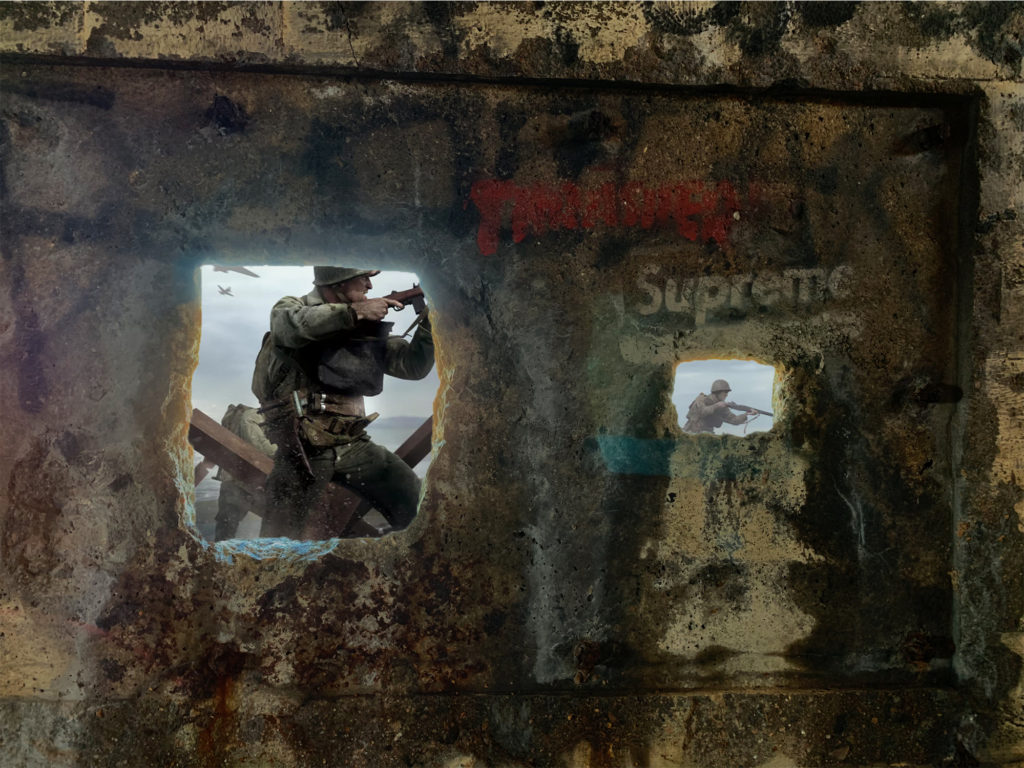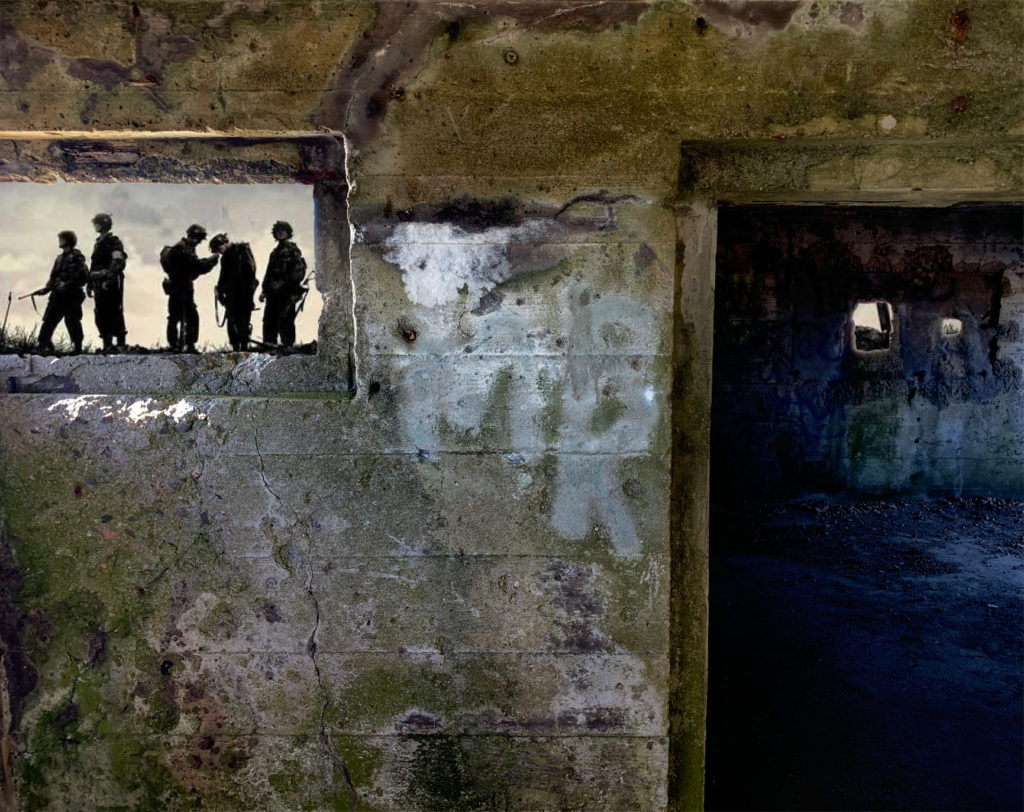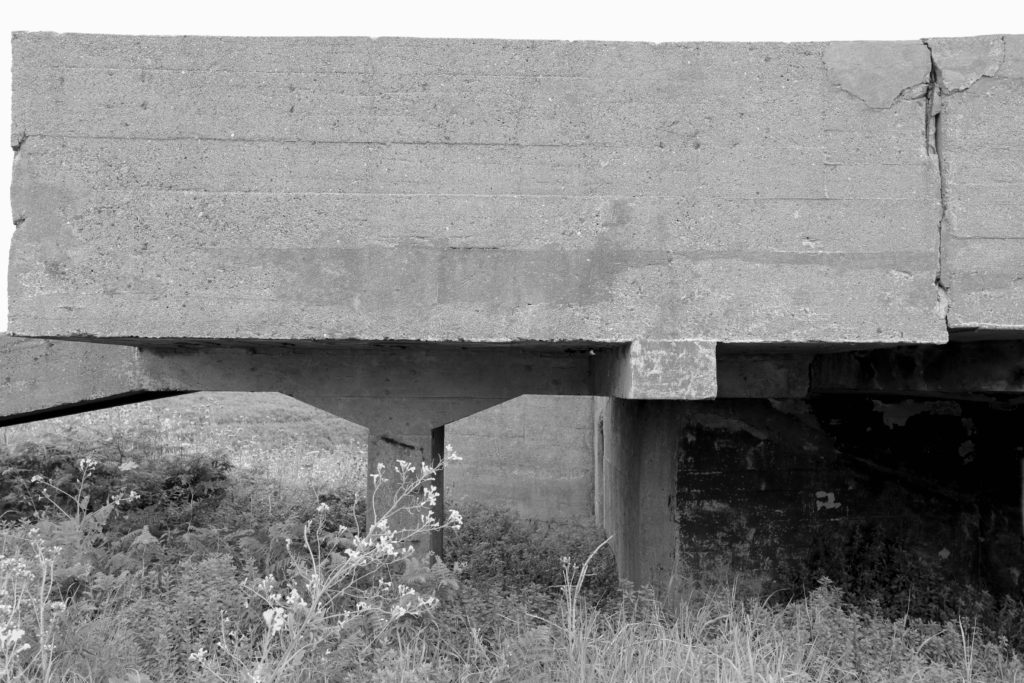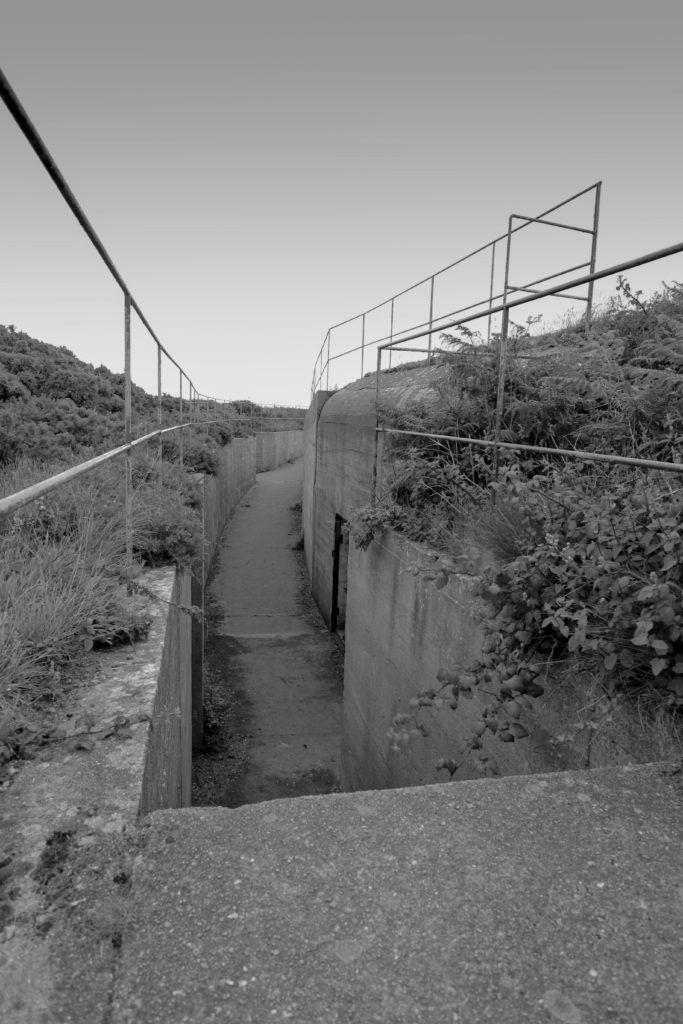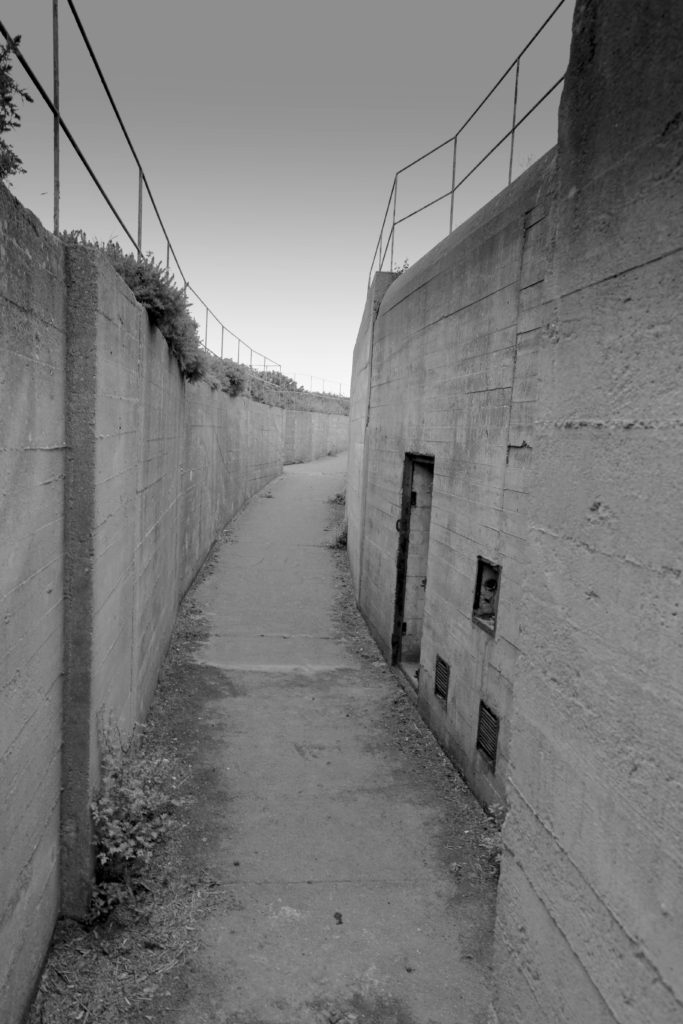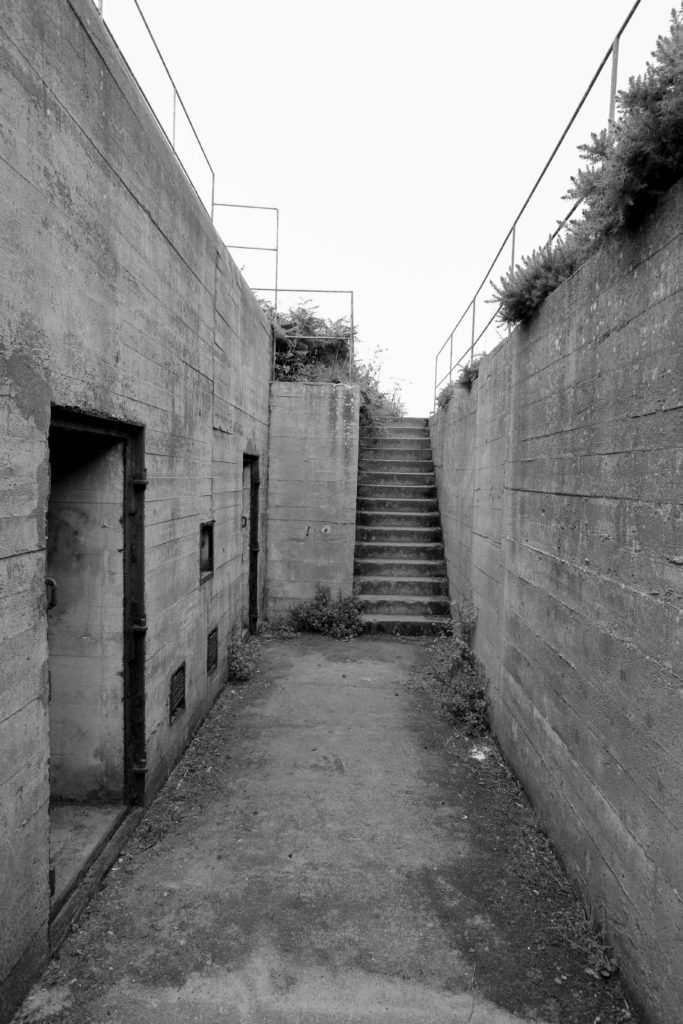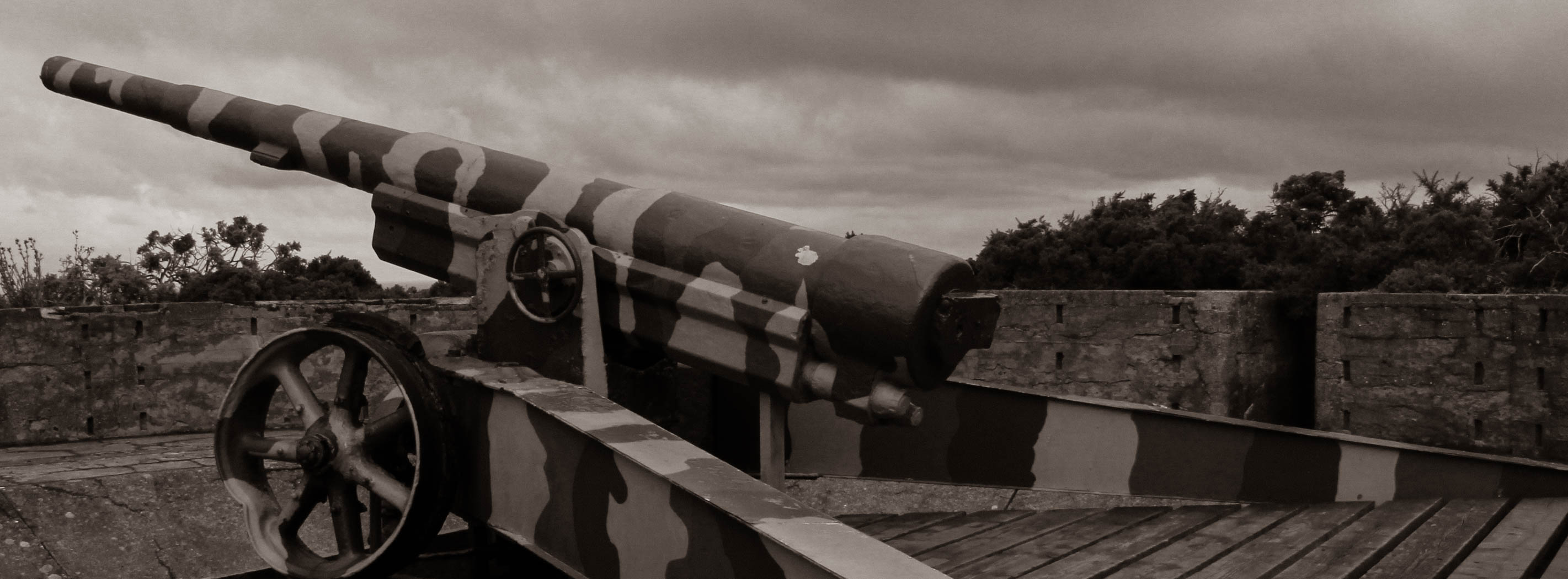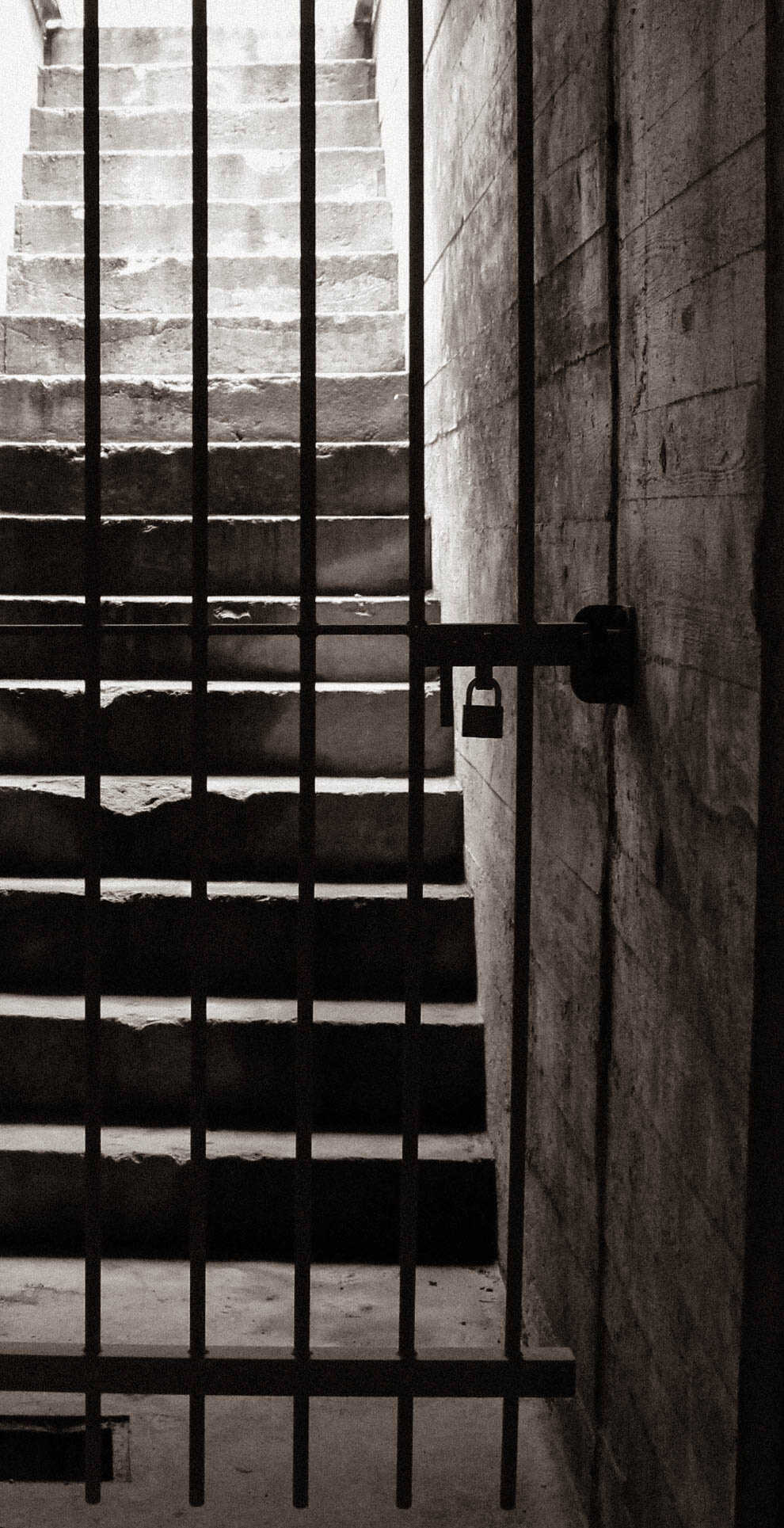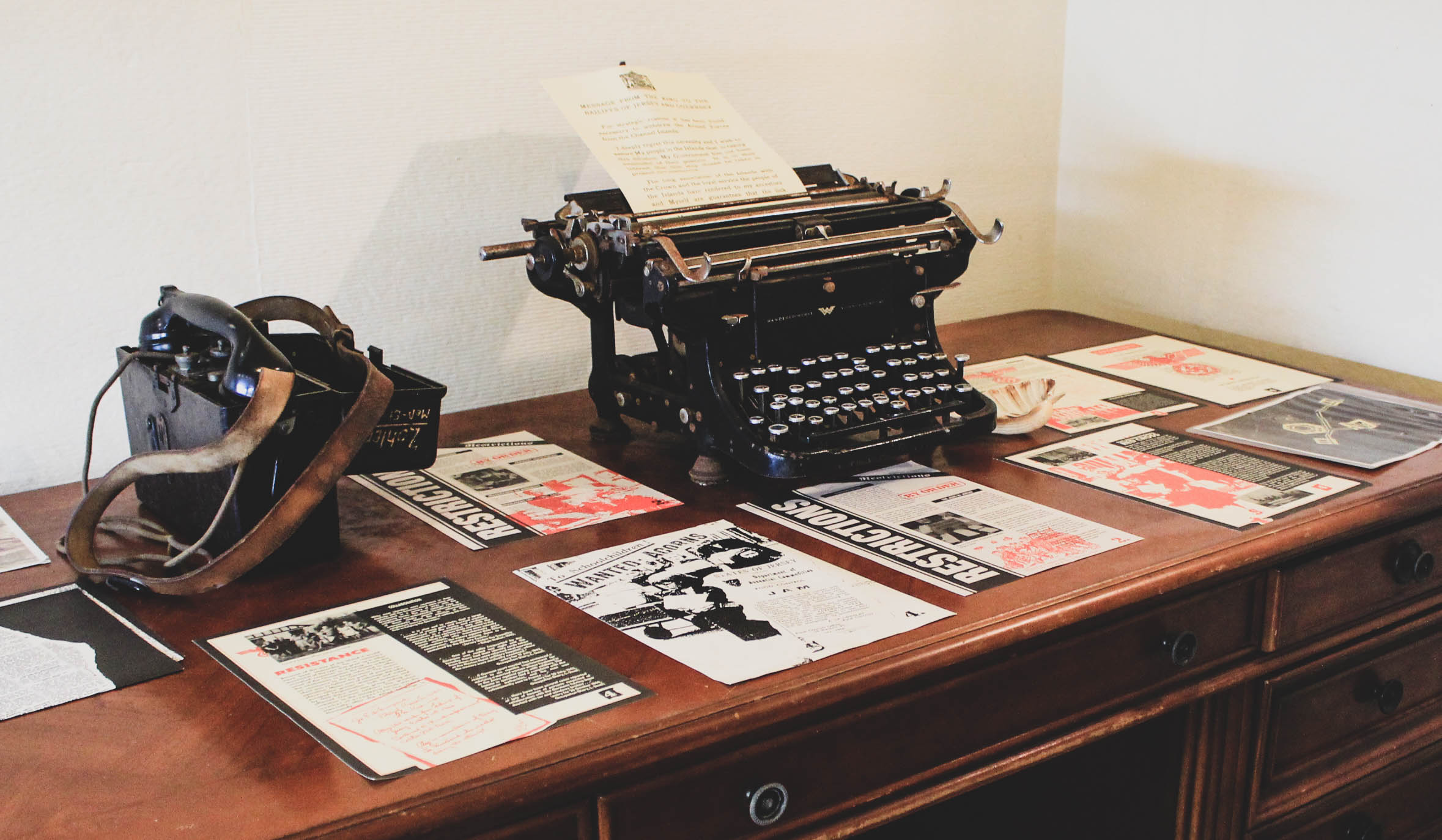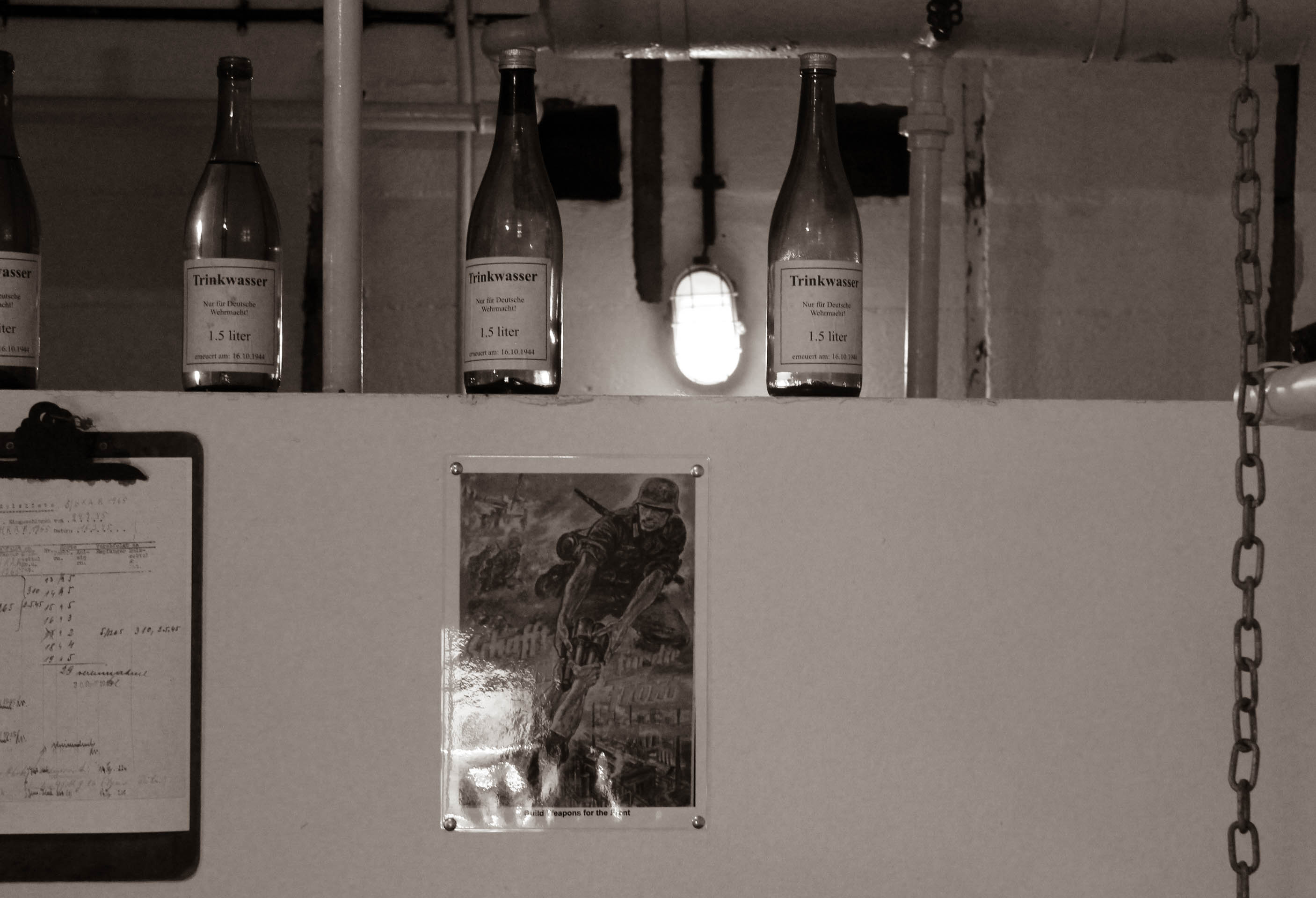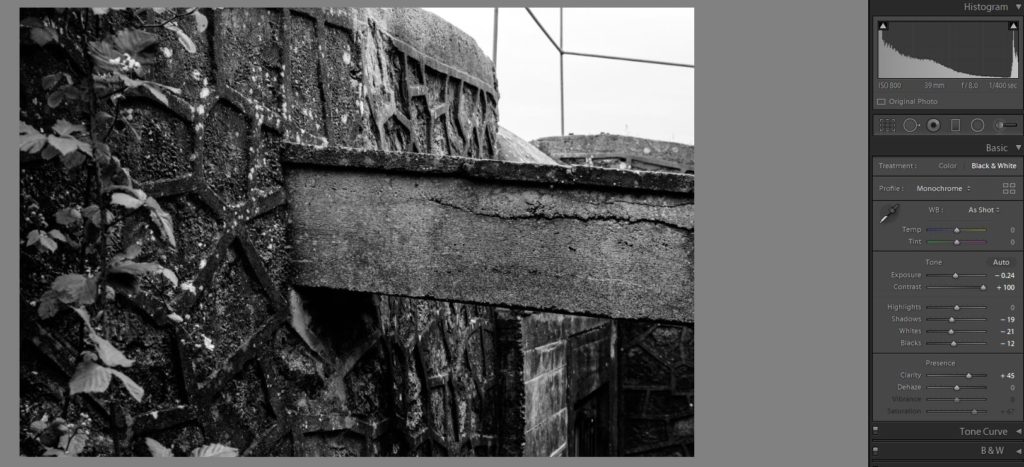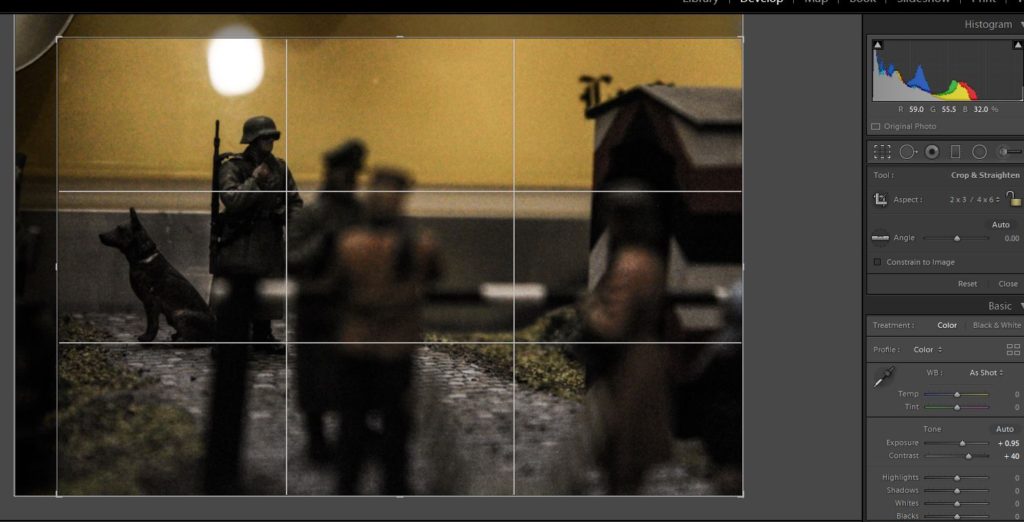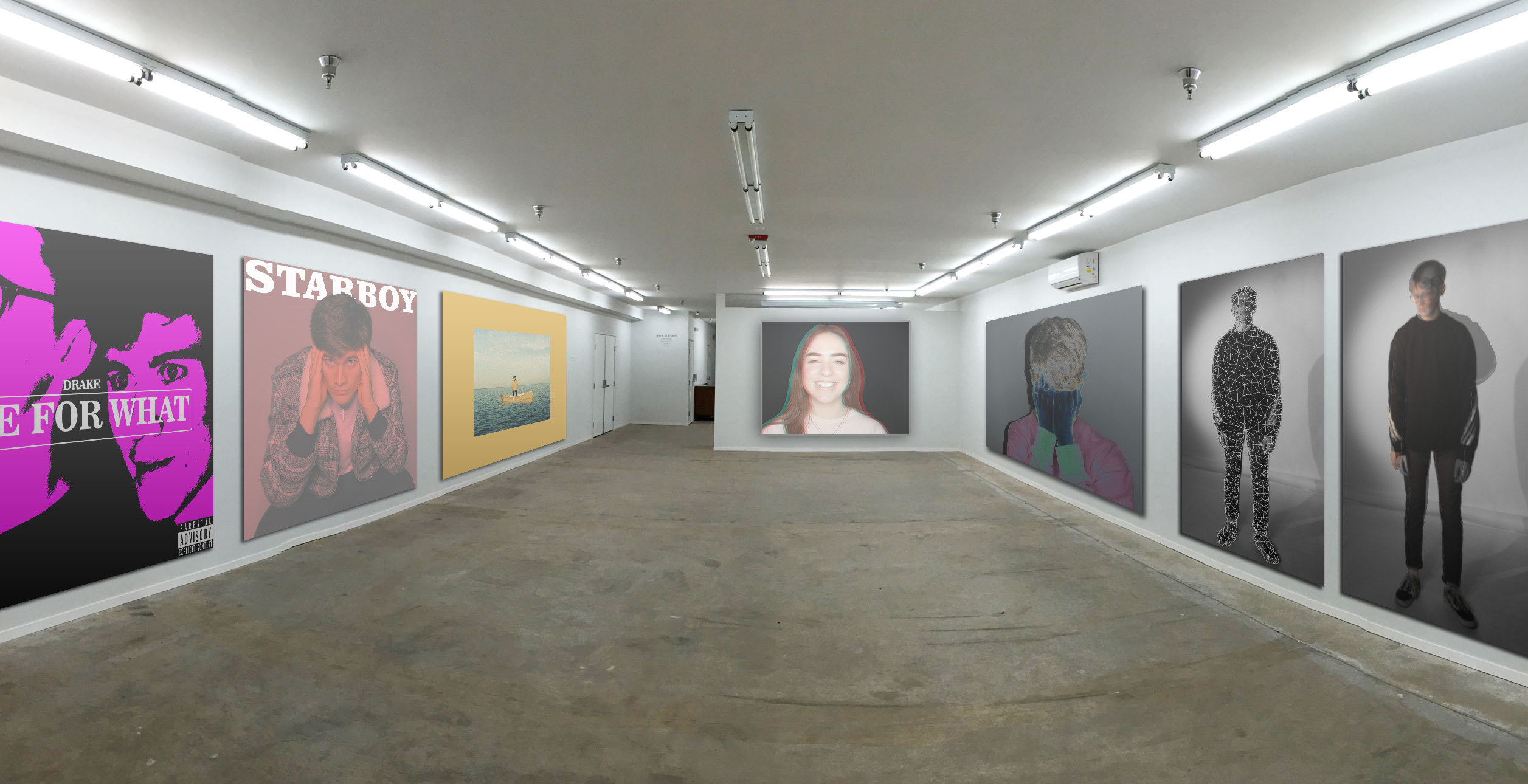I have decided to experiment with the photo montage technique for potential use in my long term project. I have incorporated my own images and combined them with archival imagery to create strong and powerful motifs representative of life in Jersey during the occupation. I have used the traditional approach of physically cutting and pasting images with craft knives and glue. I am looking to tell a story through each image by using photos and images that are relevant to one another
Images
Here are my edited images. All have been cut and paste together by hand and during this process, I have been looking at ways of making the montage both interesting and informative, for example for the below image, I used an archival image of a group of young Jersey men, whom assisted in the building of multiple German fortifications. In the second image I have utilized the front page of the JEP newspaper as a backdrop to a German radio tower. The newspaper cover contains a notice on it regarding the allied invasion of Normandy, and it is a message from the German commandant to the islanders warning them that if Jersey were to be invaded then resistance/ co operation with the allies would be punishable
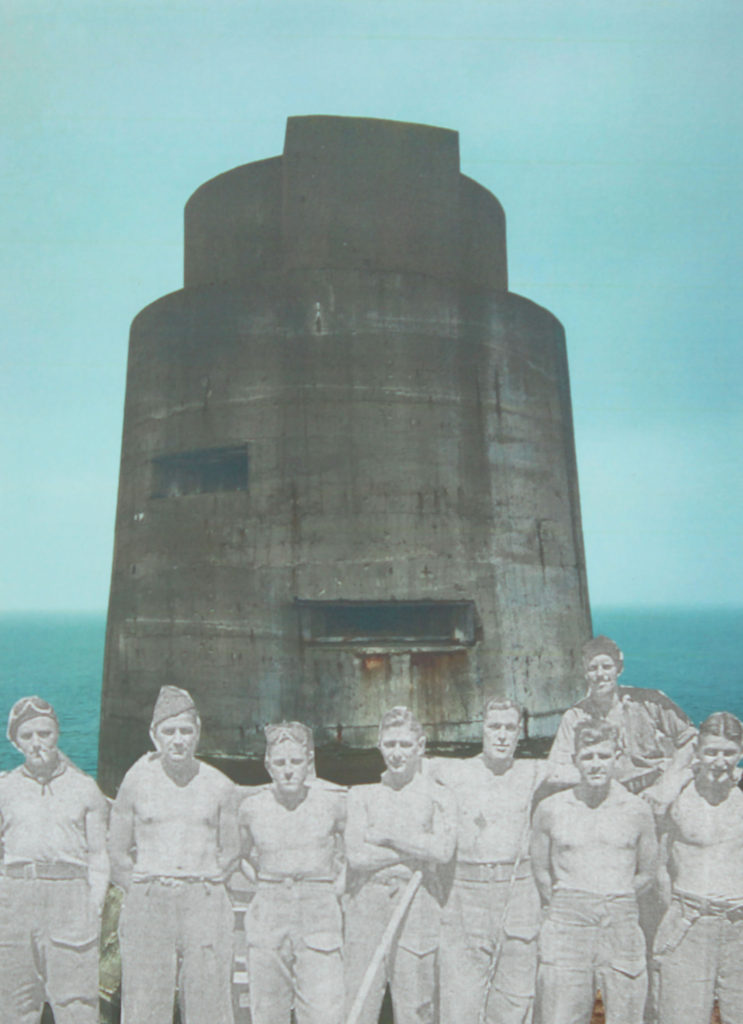
In this image I have chosen to cut and paste a group of male workers over the top of the Les landes radio tower. I chose the photo as it is providing us an insight into the faces of the real men who were forced into creating these structures.
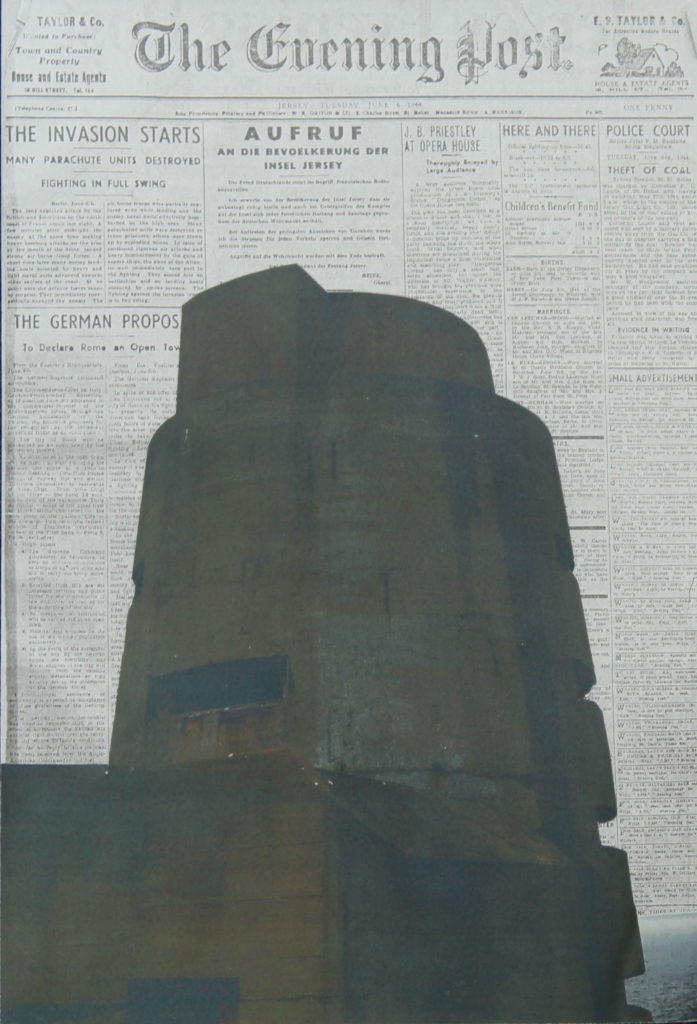
This image is my favorite image I have produced. I have cut out the outline of the Les Landes radio tower and pasted it over the top of a copy of an original JEP front cover from D-Day. The newspaper article itself is essentially German propaganda as it is stating that many parachute units have been destroyed and the article also states that the Germans are successfully pushing the allies back into the sea, which wasn’t the case. This propaganda was used to lower morale in islanders in order to keep them under control and create less chance of an islander led rebellion.
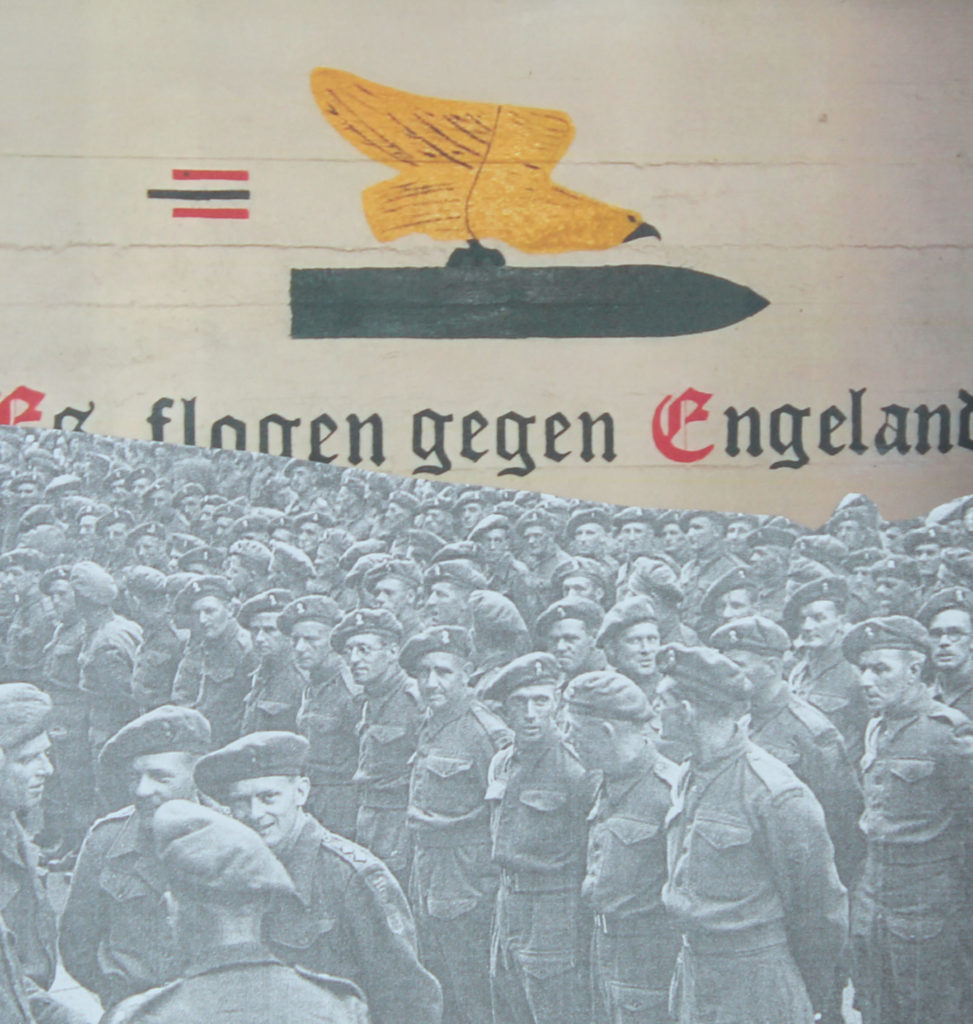
This image incorporates German bunker art in the batterie moltke bunker system, with an image of the first allied military service on the island after Liberation. The bunker art depicts an eagle atop a bomb with the caption translating to “It will fly over England”,meaning that the eagle which is a metaphor for the German Luftwaffe will have aerial superiority over the skies of the mainland. It was painted in the bunker most likely to boost morale and used as a form of propaganda. I have decided to superimpose the image of the allied military parade over the top of the bunker art, as the image of the allied parade is representative of triumph and victory, and also due to it being layered over the top of the image, represents allied superiority.
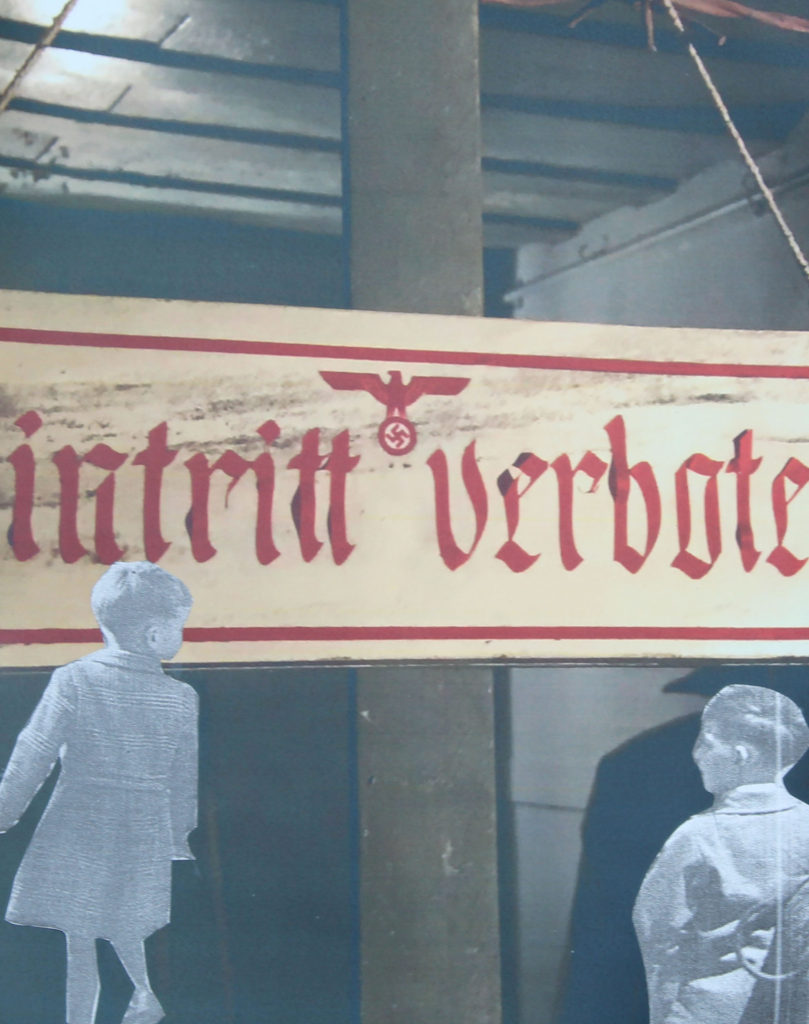
In this image, I have chosen to utilise a photograph of a German signpost, which translates to “entry forbidden” and I have incorporated images of young children from the occupation into the image. I find it quite a powerful image as for some of these children growing up, they would have seen the occupation as rather quite normal as they may not have had much experience of freedom and liberty before the occupation. For children that may have experienced life before occupation, the process of going from total freedom to living under Nazi rule must have been a very confusing process. from freely roaming through country lanes to having restrictions on where they could go and play must have been confusing beyond comprehension for children and young people

